The batch of October economic data released from China today is way below expectations. Industrial production growth slowed to 4.7% yoy, below expectation of 5.5% yoy. Fixed asset investment slowed to 5.2% ytd yoy, below expectation of 5.4%. That’s also the worst January-October growth since record began in 1996. Retail sales grew 7.2% yoy, missed expectation of 7.8% yoy, matching the more than 16 year low hit in April.
The chance of a recovery in growth momentum hinges on the results of the trade negotiations with US. Tariff rollbacks would be the key for the “easier” phase one deal. Without removing some of the imposed tariffs, in particular the September ones, the deal would be rather meaningless to the real Chinese economy. Of course, the biggest challenges come in the second phase of negotiations when core and fundamental issues, like subsidies to state-owned enterprises, would be addressed.
The Hong Kong HSI drops sharply today in response to the poor Chinese data. It’s also following the steep selloff this week as unrest in the city escalates abruptly. Current development affirms our view that corrective rebound from 24899.93 has completed with three waves up to 27894.56. Deeper fall should be seen back to retest 24899.93 low next.




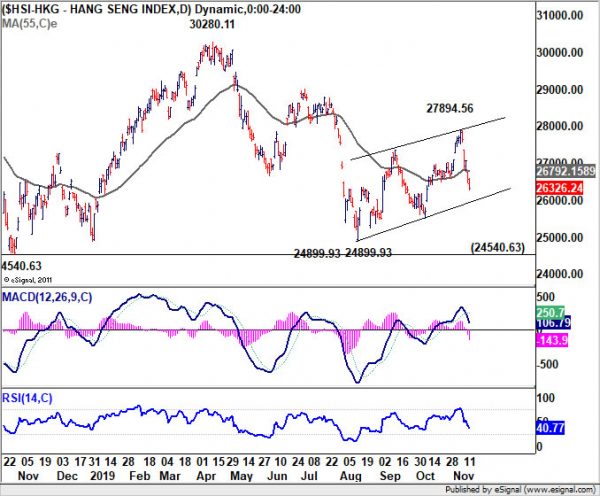
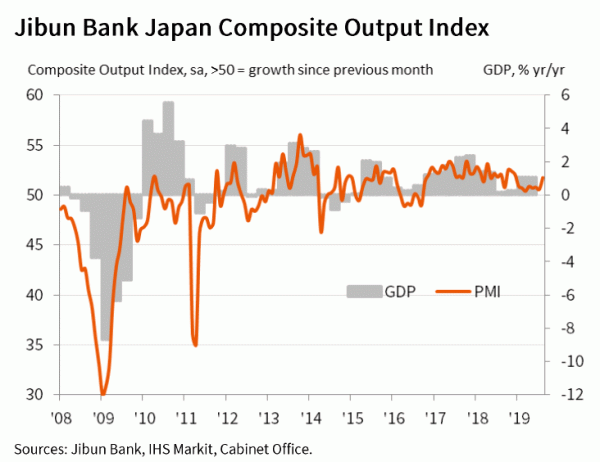
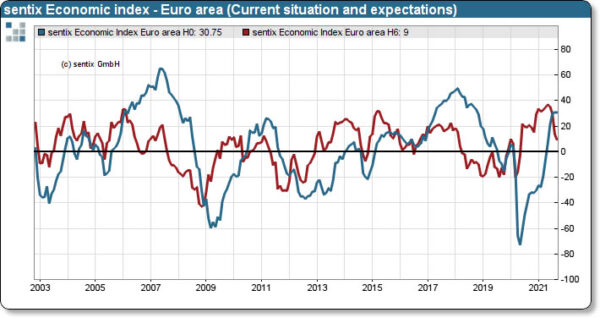
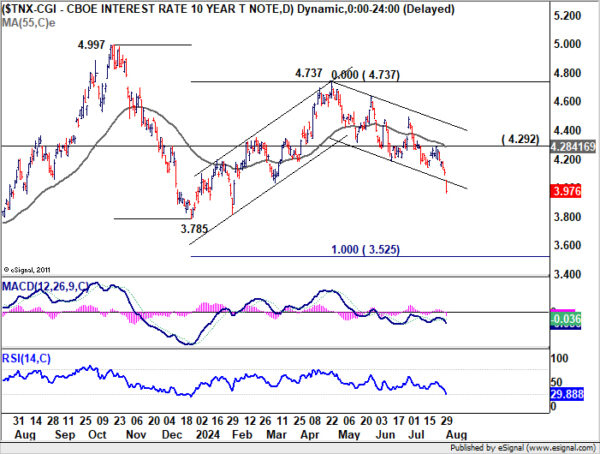
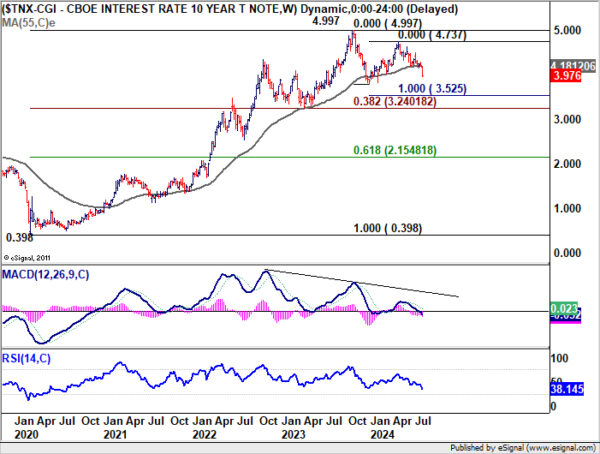
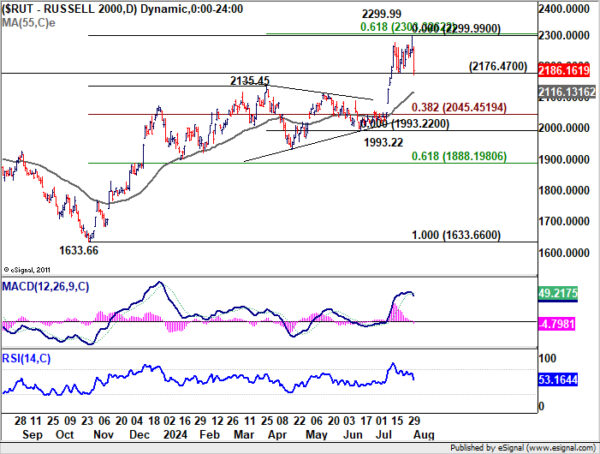
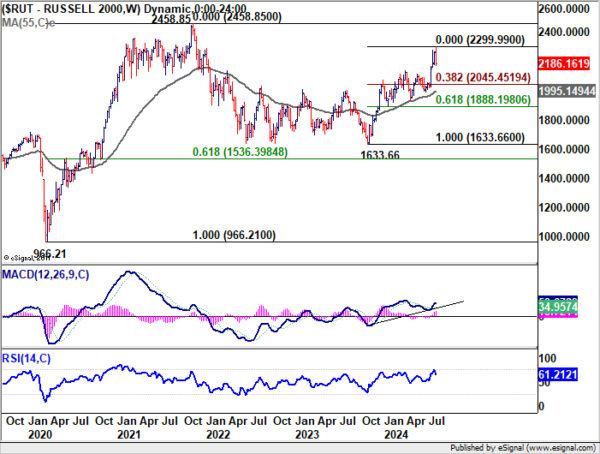
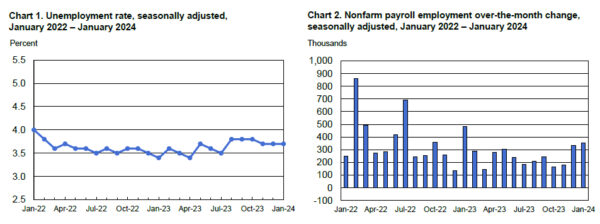
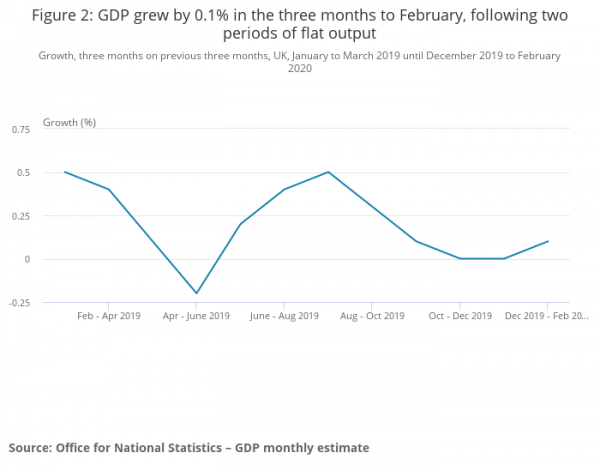
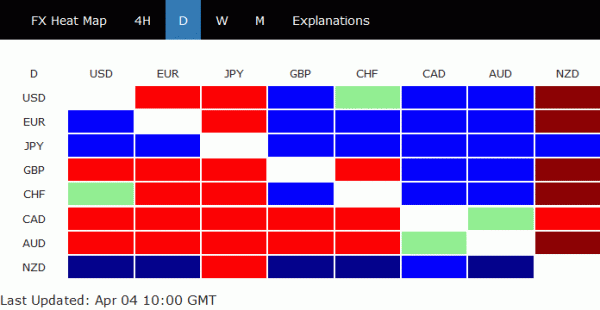
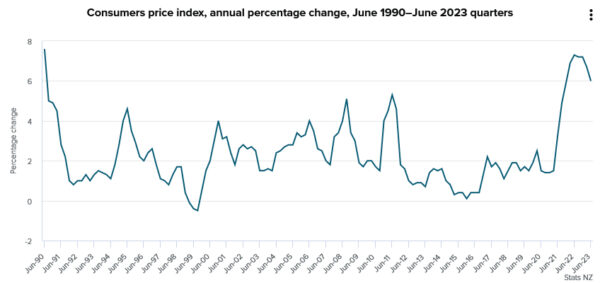
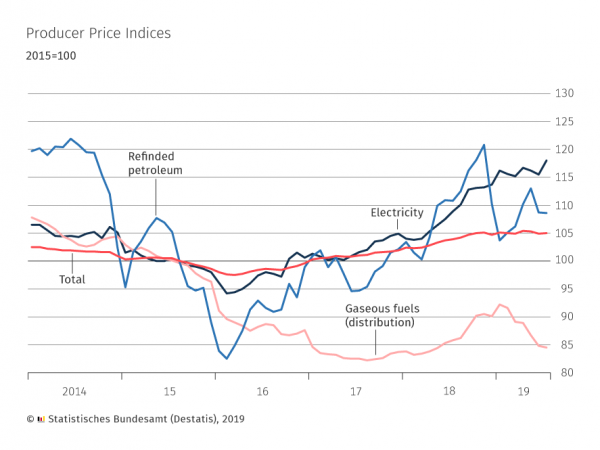

Swiss KOF dipped to 98.2, negative signals from manufacturing, services and construction
Swiss KOF Economic Barometer dropped slightly from 98.9 to 98.2 in March, below expectation of 100.5, staying below average value of 100.
According to KOF, the dip in the overall barometer reading is mainly due to negative signals emerging from the manufacturing, services, and construction sectors. However, these negative developments are partially offset by the positive performance of the Swiss exports indicator bundle. Meanwhile, other indicators incorporated in the barometer exhibit minimal changes.
Full Swiss KOF release here.